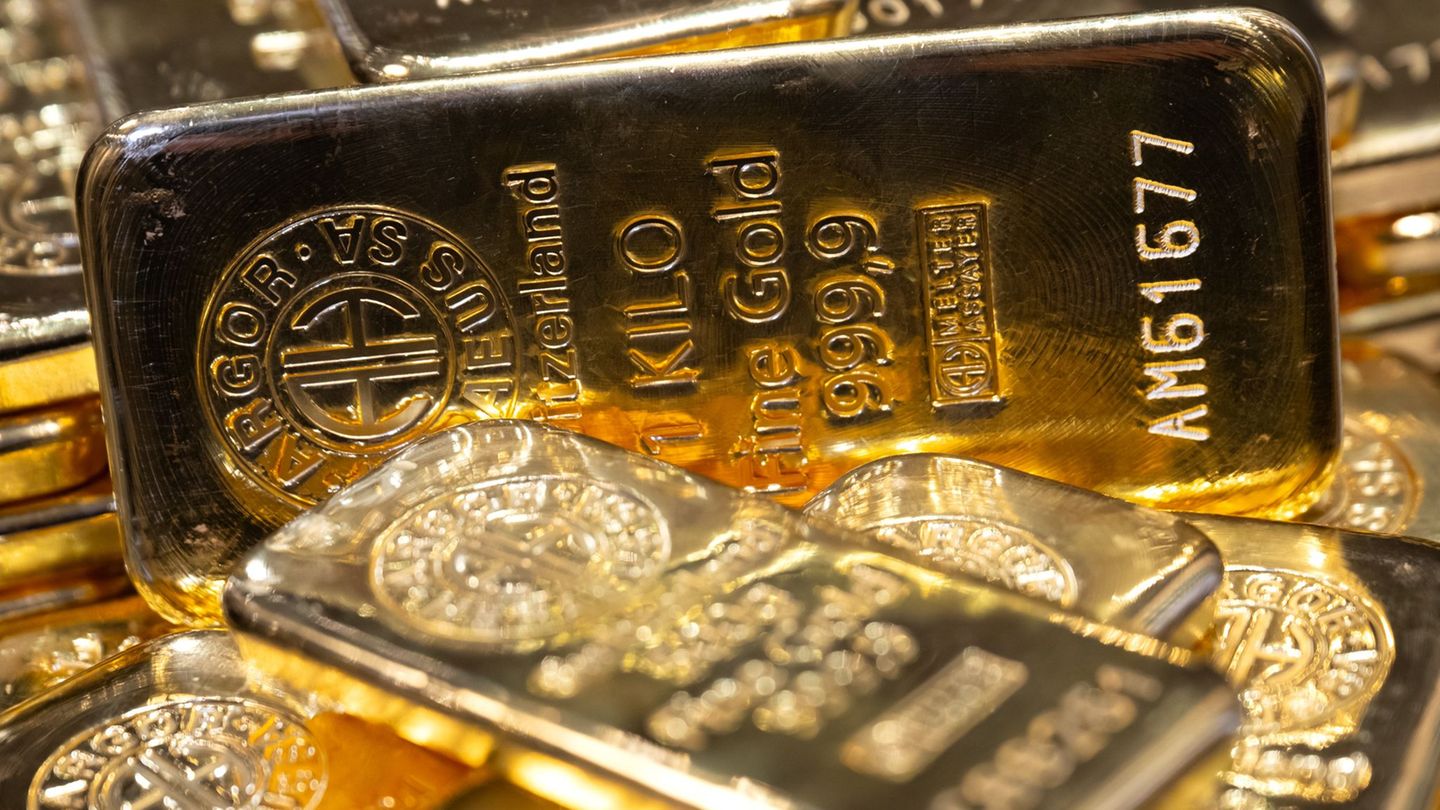Financial conditions improve in July and reached their best brand in five months driven by the global contextalthough the local credit cooled. External level, commercial ads of USA They brought some light and reduced the volatility of futures of raw materials and emerging actions.
He Financial Conditions Index (ICF)prepared every month by the consulting firm Econviews and the Argentine Institute of Finance Executives (IAEF), reflected that the index won 10 points last month until 69.2 units. In turn, the local subscript was around 32 units, a marginal improvement against the month of June.
However, external conditions did experience a more significant variation, and climbed 8 points up to 37.3 units, its highest peak from January. In that sense, the report emphasizes that the ICF is a monthly average based on the state of 10 relevant local and 10 international variables, and that LA greater exchange volatility was seen at the end of July.
The report also indicates that Loans to the private sector went from growing to 4% real per month between January and April, at a rate closer to 2% in June and July, due to the adjustment of the real rate. On the other hand, too Money grew.
According to analysts, Javier Milei’s government privileged exchange stability above the stimulus to the activityand now the great unknown is whether it is dynamic will continue in this way after the legislative elections of October.
ICF
In that sense, the stability of the monthly average of the ICF contrasts with the jump of the dollar At the end of July, which closed with a rise of 14% and approached the roof of the bands. He Central Bank (BCRA) He intervened in futures to moderate the impact, but the pressure persists.
Now, Specialists provide for a period of relative exchange paxalthough they warn that, without accumulation of reserves by the BCRA as requested by the International Monetary Fund (IMF)volatility could return.
In that sense, as rates in pesos rose to 3% monthly after the elimination of the Lefis, consolidating a contractive monetary policy that, according to the report, would remain until the October elections. The interest rate is maintained as the weakest variable of the local subscript, together with the long -term liquidity.
Wall Street remains outside the commercial war promoted by the US
At the international level, the global economy received new shocks. The US president Donald Trump In July announced a 50% tariff to some Brazilian products and the imports of Indiafollowing your commercial link with Russia. On the other hand, Japan and the European Union (EU) They achieved agreements that attenu, but do not eliminate, a 15% tax for their exports.
Despite the geopolitical climate, in Wall Street The S&P 500 accumulates a 13% rise since April, when the “worst scenario” were smaller tariffs that Trump ended up applying. As for the US economy, employment creation was the slightest in three months since 2020 and the president decided to throw the head of the Statistical Institute, something that brought concern among economists and new levels of uncertainty in the global landscape.
Source: Ambito
I am a 24-year-old writer and journalist who has been working in the news industry for the past two years. I write primarily about market news, so if you’re looking for insights into what’s going on in the stock market or economic indicators, you’ve come to the right place. I also dabble in writing articles on lifestyle trends and pop culture news.




